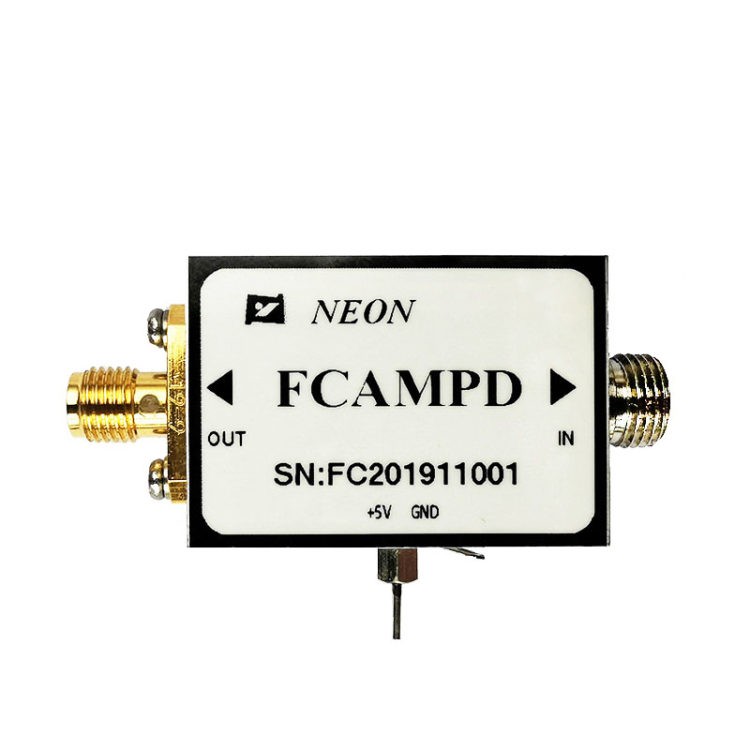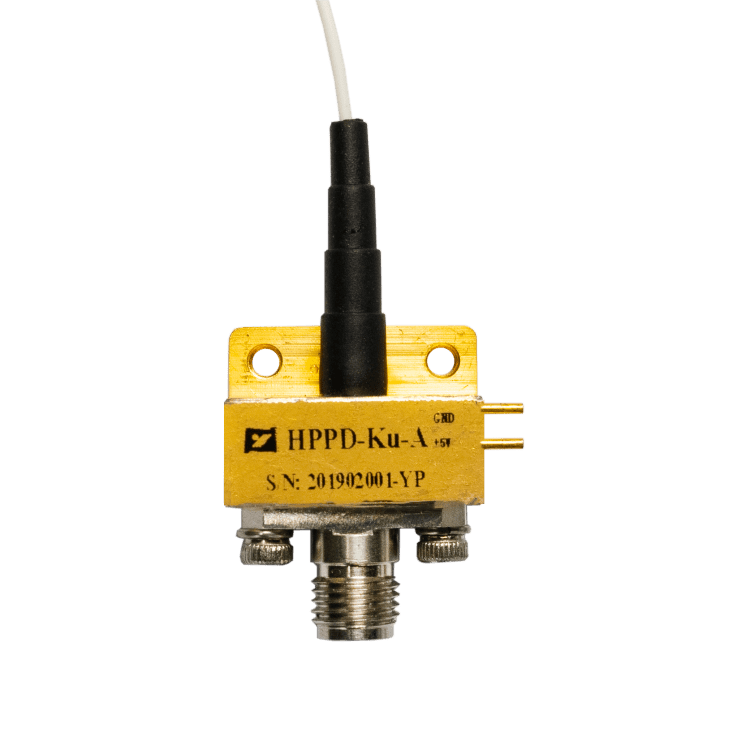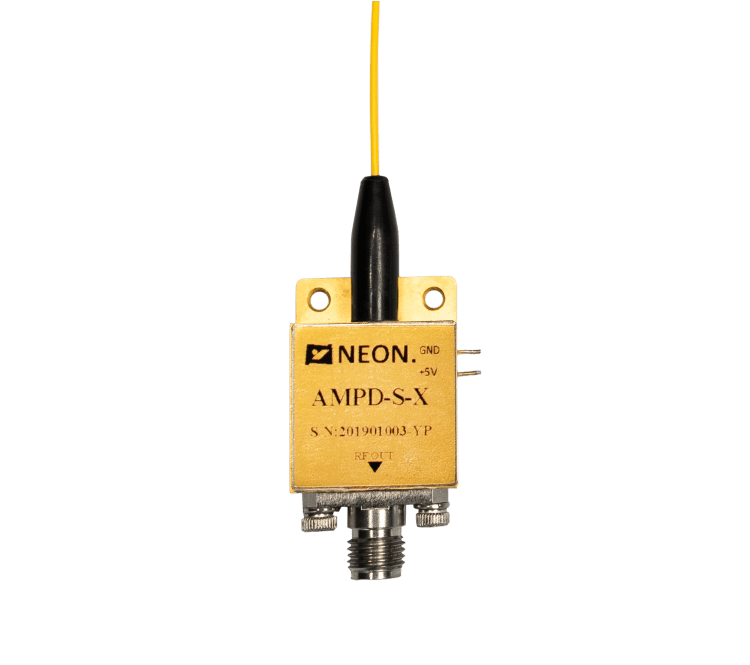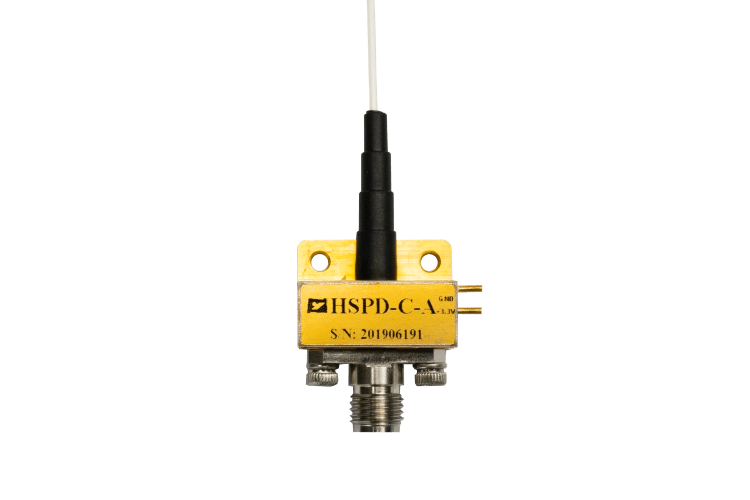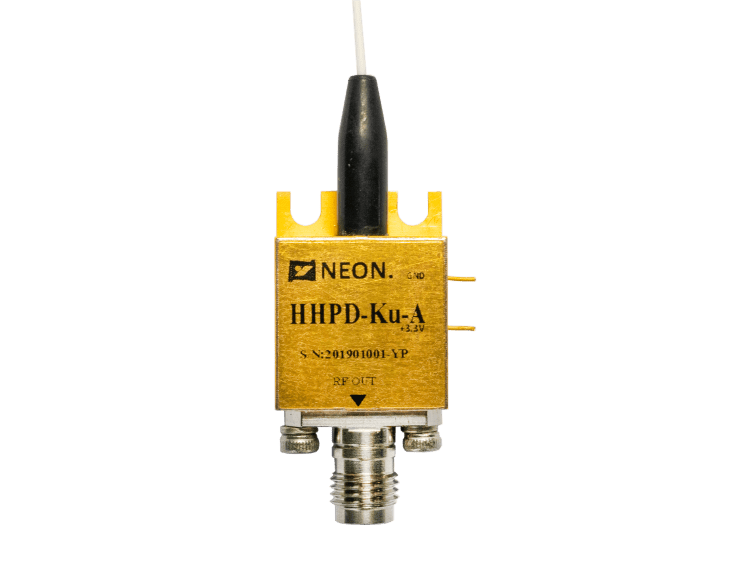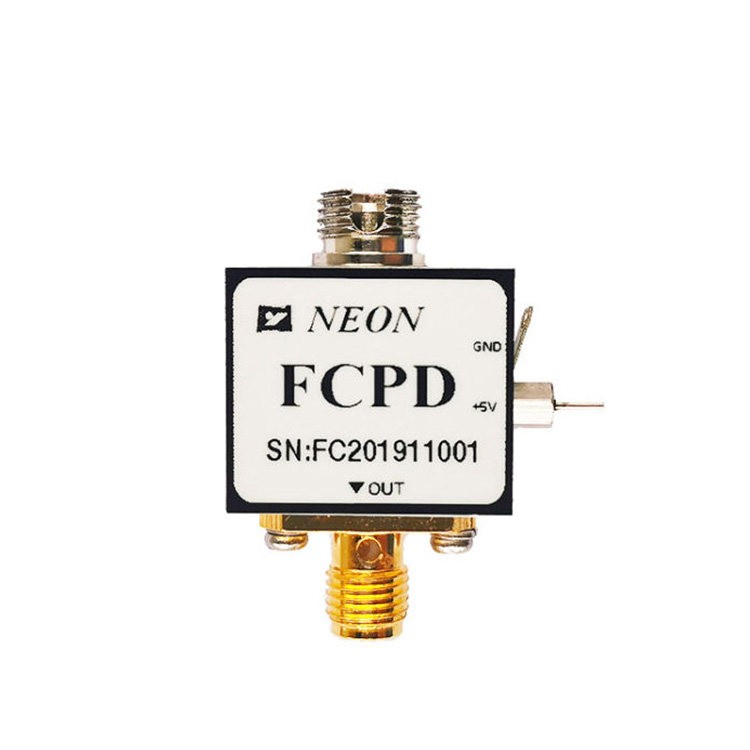InGaAs Photodetectors: Unveiling Their Working Principle and Applications
Photodetectors, the versatile light-to-electricity converters, have revolutionized various fields, including telecommunications, astronomy, and medical imaging. Among the diverse array of photodetectors, InGaAs photodetectors stand out due to their exceptional performance in the near-infrared (NIR) wavelength range. This article delves into the intricate workings of InGaAs photodetectors, exploring their fundamental principles, key characteristics, and extensive applications.
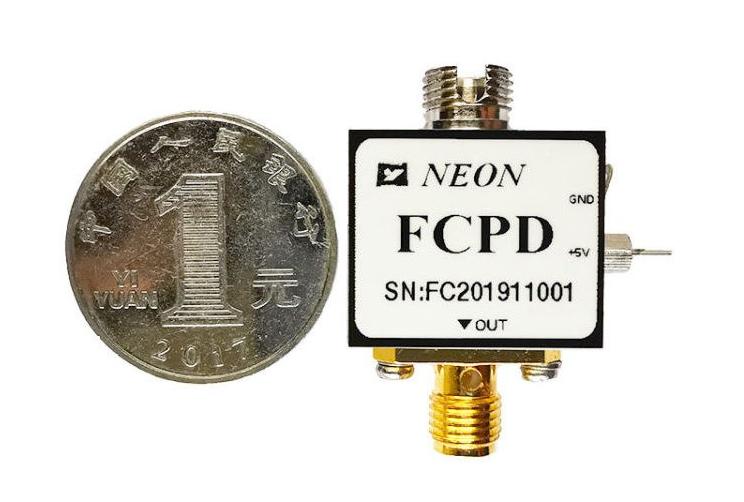
What are InGaAs Photodetectors?
InGaAs photodetectors are semiconductor devices crafted from indium gallium arsenide, a compound semiconductor renowned for its remarkable optical properties. These photodetectors operate on the principle of photoconductivity, where incident light generates electron-hole pairs within the InGaAs material. These charge carriers, driven by an internal electric field, produce an electric current, the very essence of the photodetector’s output signal.
What is the Working Principle of InGaAs Photodetector?
InGaAs photodetectors operate on the fundamental principle of converting light energy into electrical signals. This intricate process involves a series of well-orchestrated steps:
- Absorption of Light: When light strikes the InGaAs material, its energy is absorbed by the semiconductor. This absorption excites electrons from the valence band, where they are bound to atoms, to the conduction band, where they are free to move.
- Generation of Electron-Hole Pairs: The absorption of light energy displaces electrons from the valence band, leaving behind positively charged holes. These electron-hole pairs, also known as exciton pairs, are the fundamental building blocks of electrical current.
- Presence of a P-N Junction: A P-n junction, a critical component of InGaAs photodetectors, plays a pivotal role in separating the electron-hole pairs. The p-n junction is formed by joining a p-type semiconductor, where holes are the majority charge carriers, with an n-type semiconductor, where electrons are the majority charge carriers.
- Creation of an Electric Field: The p-n junction establishes an electric field that extends across the depletion region, the area where the majority of charge carriers have been depleted due to recombination. This electric field acts as a driving force, separating the electron-hole pairs.
- Separation of Electron-Hole Pairs: The electric field within the depletion region pulls electrons towards the n-type region and holes toward the p-type region. This separation of charge carriers is essential for generating an electrical current.
- Movement of Charge Carriers: The separated electrons and holes, driven by the electric field, drift towards their respective electrodes. This movement of charge carriers constitutes an electric current.
- Generation of an Electric Current: The flow of electrons and holes through the p-n junction results in an electric current. The magnitude of this current is directly proportional to the intensity of the incident light.
- Conversion of Light into Electrical Signal: The generated electric current, whose strength is proportional to the incident light intensity, serves as the electrical signal output of the photodetector. This signal can be amplified and processed for various applications.
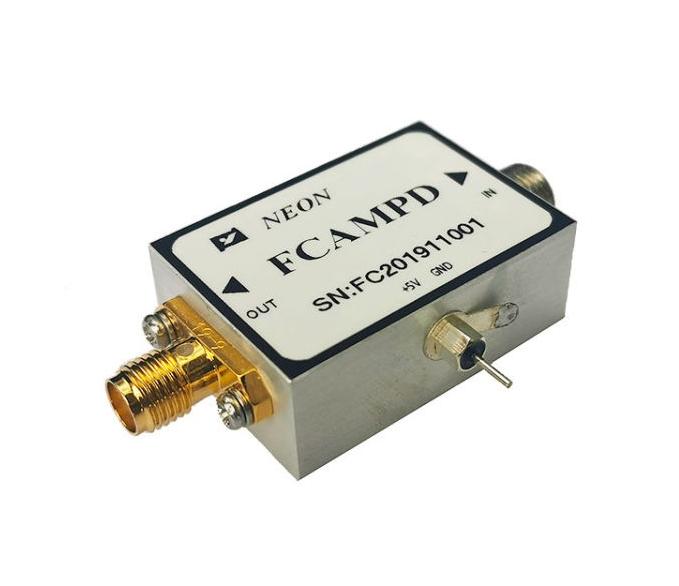
What Factors Will Shape the Performance of InGaAs Photodetector?
The performance of an InGaAs photodetector is determined by a complex interplay of factors that influence its sensitivity, speed, and overall effectiveness in various applications. These crucial factors include:
- Quantum Efficiency (QE): A fundamental metric of photodetector performance, quantum efficiency (QE) quantifies the ratio of absorbed photons to generated electron-hole pairs. It essentially measures the probability of an incident photon generating an electron-hole pair that contributes to the photodetector’s output current. A higher QE directly translates into a stronger electrical signal for a given light intensity, enhancing the detector’s sensitivity.
- Dark Current: An inherent property of photodetectors, dark current arises from internal electronic noise, even in the absence of light. This unwanted current arises due to thermally generated electron-hole pairs and leakage currents within the detector. Dark current contributes to the overall noise in the detector’s output signal, reducing its signal-to-noise ratio (SNR). Minimizing dark current is essential to maintain a high SNR and ensure that the detector can distinguish between the desired optical signal and the inherent electronic noise.
- Response Time: The agility of a photodetector is characterized by its response time, representing the time it takes for the detector to respond to a change in light intensity. It is the time required for the detector’s output current to reach a specified level following a step change in the incident light intensity. A faster response time is crucial for applications demanding high-speed detection, such as optical communication systems and pulsed laser applications.
- Spectral Response: The spectral response of an InGaAs photodetector defines the range of wavelengths over which it exhibits sensitivity. It is a measure of the detector’s relative output current as a function of wavelength. A broad spectral response allows the detector to efficiently detect light over a wide range of wavelengths, making it versatile for various applications.
- Noise Equivalent Power (NEP): The noise equivalent power (NEP) is a measure of a photodetector’s sensitivity to weak optical signals. It represents the minimum amount of optical power required to produce an output signal equal to the detector’s noise. A lower NEP indicates a more sensitive detector, capable of detecting fainter light signals.
- Detectivity: Detectivity, also known as D*, is another measure of a photodetector’s sensitivity, particularly in the presence of noise. It is defined as the square root of the detector’s area divided by its NEP. A higher detectivity indicates a detector with better signal-to-noise ratio and sensitivity, especially in low-light conditions.
- Linearity: The linearity of an InGaAs photodetector refers to its ability to produce an output current that is directly proportional to the incident light intensity over a specified range. A highly linear detector accurately represents the intensity of the incoming light, making it suitable for applications requiring precise light measurements.
- Dynamic Range: The dynamic range of a photodetector is the range of light intensities over which it can operate linearly. It is the ratio of the maximum measurable light intensity to the minimum detectable light intensity. A wider dynamic range allows the detector to handle a broader range of light levels without saturating or becoming insensitive.
- Operating Temperature: The operating temperature of an InGaAs photodetector is the range of temperatures over which it can maintain its performance specifications. Temperature can affect the detector’s dark current, response time, and overall sensitivity. Understanding the operating temperature range is crucial for ensuring optimal performance in various environmental conditions.
- Packaging and Reliability: The packaging and reliability of an InGaAs photodetector are critical factors for long-term operation and protection against environmental hazards. Proper packaging ensures that the detector is shielded from moisture, dust, and mechanical stress, while robust construction and material selection enhance its durability and reliability.
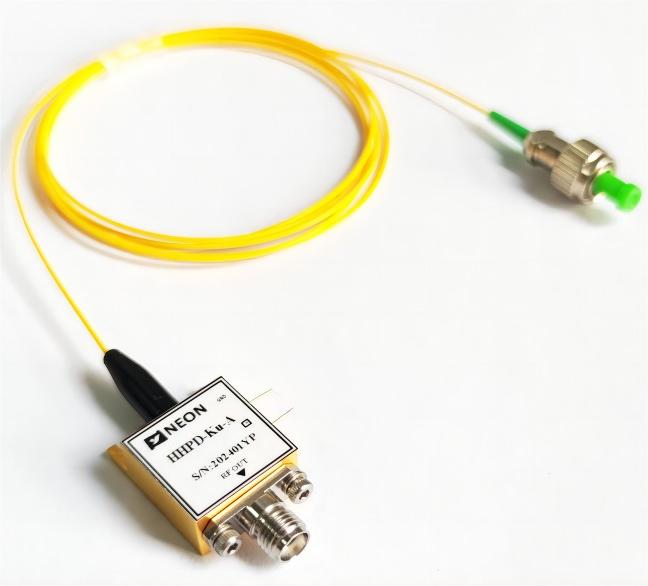
What are InGaAs Photodetectors Used for?
The exceptional properties of InGaAs photodetectors have opened doors to a diverse array of applications across various domains.
- Optical Communication: InGaAs photodetectors are the backbone of optical communication systems, converting light pulses from fiber optic cables into electrical signals, enabling high-speed data transmission.
- Infrared Spectroscopy: Their sensitivity in the near-infrared region makes InGaAs photodetectors indispensable tools for infrared spectroscopy, a technique used to identify and analyze molecules based on their absorption of infrared light.
- Medical Imaging: InGaAs photodetectors are employed in medical imaging modalities, such as optical coherence tomography (OCT), providing high-resolution images of internal structures without the use of ionizing radiation.
- Industrial Process Monitoring: Their ability to detect subtle changes in light intensity makes InGaAs photodetectors valuable tools for industrial process monitoring, ensuring product quality and safety.
Conclusion
InGaAs photodetectors have revolutionized the field of optoelectronics, offering a unique blend of high sensitivity, broad spectral response, and fast response time. Their diverse applications span across optical communication, medical imaging, industrial process monitoring, and various scientific research endeavors. As technology advances, InGaAs photodetectors continue to evolve, promising even greater sensitivity, wider spectral coverage, and faster response times, paving the way for groundbreaking advancements in the years to come.


